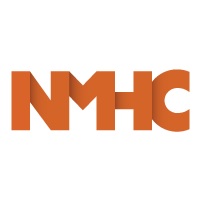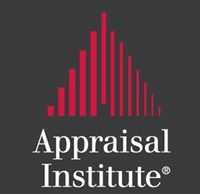Apartment Markets Sluggish in the April NMHC Quarterly Survey
WASHINGTON, D.C. – (RealEstateRama) — Despite moderate improvements over the first quarter of 2017, all four indexes of the National Multifamily Housing Council’s (NMHC) Quarterly Survey of Apartment Market Conditions remained below the breakeven level of 50. The Market Tightness (41), Sales Volume (30), Equity Financing (42), and Debt Financing (41) all indicated continued softening conditions in apartment markets even as demand for apartment residences remains strong.

“Although all four indexes rose in April, they remain below the breakeven level of 50,” said Mark Obrinsky, NMHC’s Senior Vice President of Research and Chief Economist. “After years of lagging behind the increase in apartment demand, new supply is finally coming online in sufficient quantity to alter this supply-demand imbalance. In particular, class A supply in many urban core submarkets has led to increased concessions to fuel lease-up activity. Even so, occupancy rates remain close to historic highs.
“In the investment market, some of the weakness in property sales is seasonal, but respondents reported caution on the part of buyers as well as debt and equity capital sources – in particular in regard to construction lending. Increased uncertainty about the outlook for interest rates and cap rates also appears to be playing a role.”
The Market Tightness Index increased from 25 to 41, as one-fifth of respondents (20 percent) reported tighter conditions than three months ago, up from eight percent in January. Over one-third (38 percent) noted looser conditions. While this marks the sixth consecutive quarter of overall declining conditions, it does mark an uptick from the previous quarter.
The Sales Volume Index rose slightly, from 25 to 30. Half of respondents reported lower sales volumes from three months earlier, while 11 percent reported higher sales volume.
The Equity Financing Index rose from 33 to 42, marking the sixth quarter in a row below the breakeven level of 50. Over half (52 percent) of respondents reported unchanged equity financing availability from three months ago, while just over one-quarter (27 percent) of respondents considered financing less available. Twelve percent regarded financing as more available, up from six percent in January 2017.
The Debt Financing Index saw the largest increase of all four indexes, rising from 14 to 41, as respondents that reported worse conditions for borrowing compared to the three months prior fell to about one-third (35 percent) from almost three-quarters (74 percent).. Forty-four percent of respondents reported no change in the debt market, with 16 percent reporting better conditions, up from only one percent in the previous quarter.
Respondents also noted little change in the LIHTC market. Almost two-thirds of respondents (excluding those who chose “don’t know or not applicable”) reported either the same number or slightly more buyers for LIHTC transactions compared with three months ago. And 70 percent of respondents reported that pricing for LIHTC transactions has changed little since the 10-15 bps drop immediately following the Presidential election. About one-sixth (17 percent) reported somewhat higher pricing.
About the Survey:
The April 2017 Quarterly Survey of Apartment Market Conditions was conducted April 10-17, 2017; 140 CEOs and other senior executives of apartment-related firms nationwide responded.
View the full data online at nmhc.org/QS-April-2017
Staff Resource
Jim












